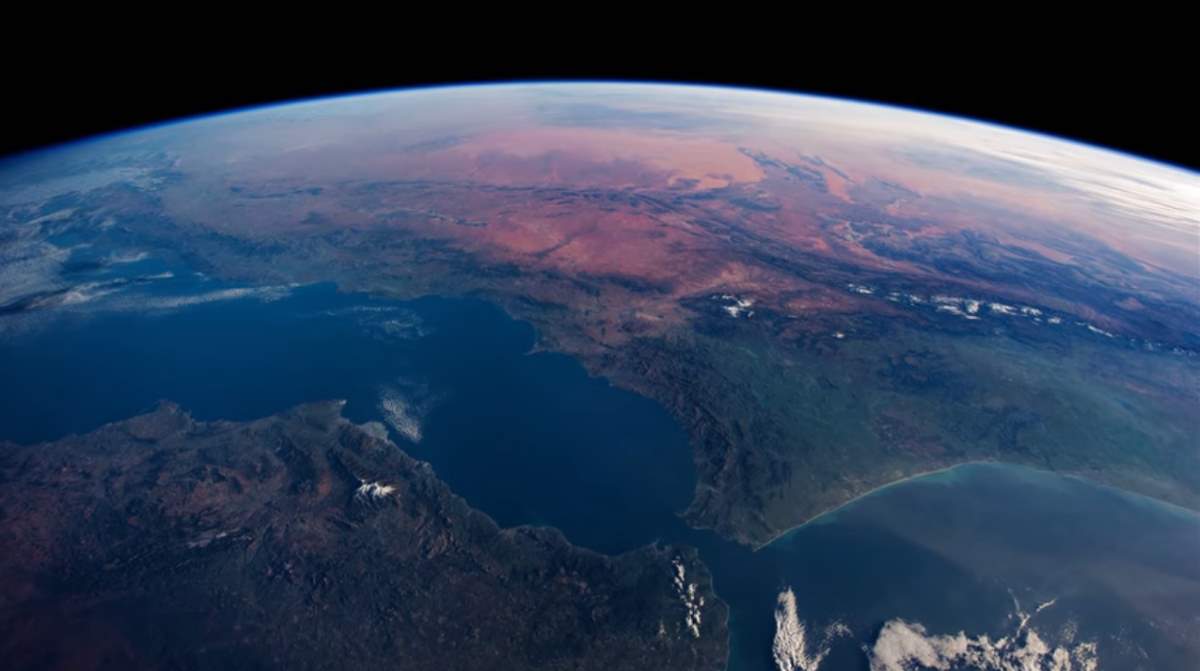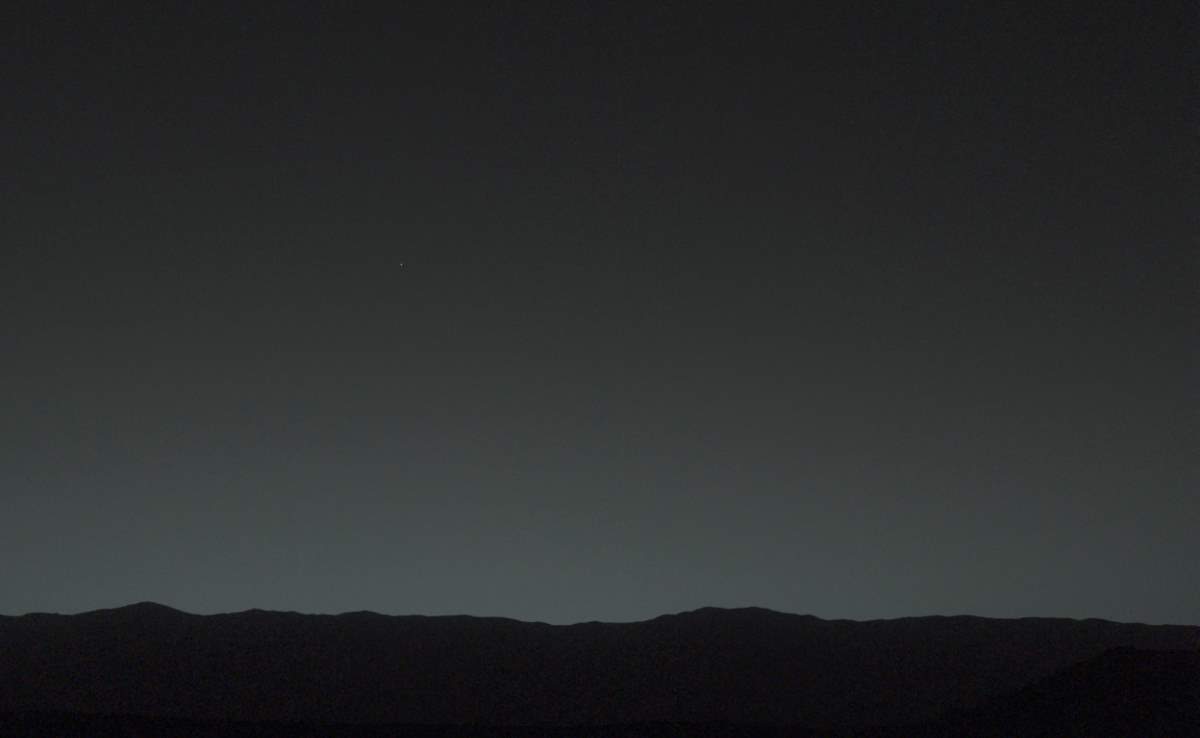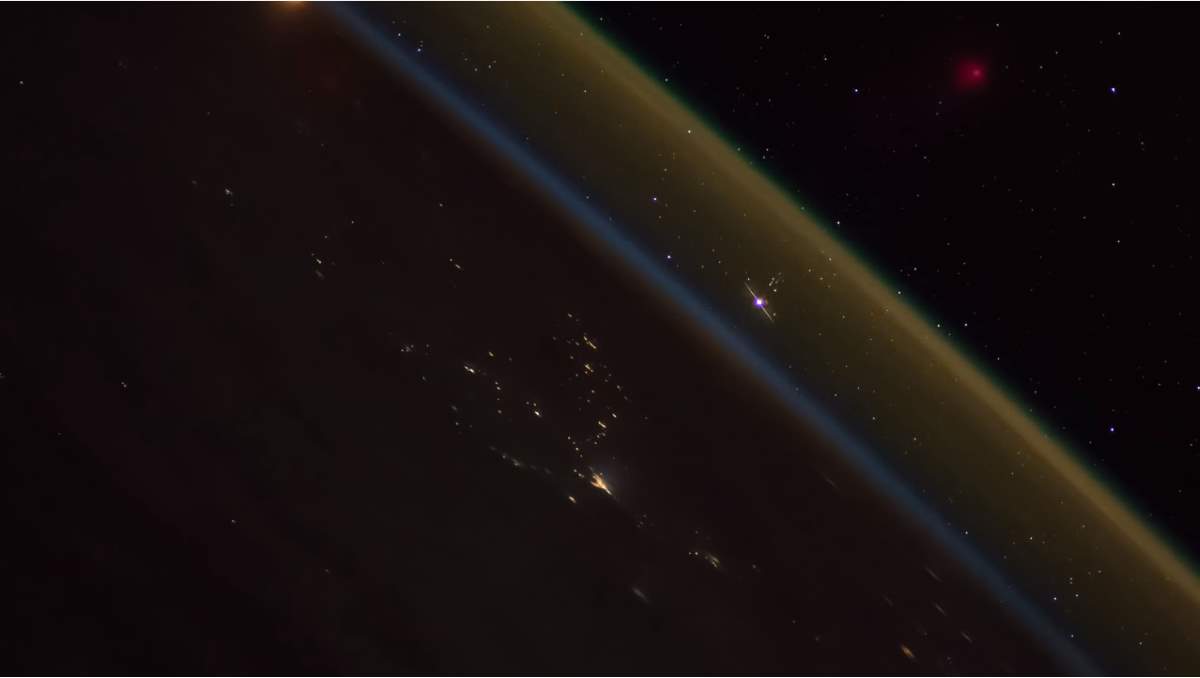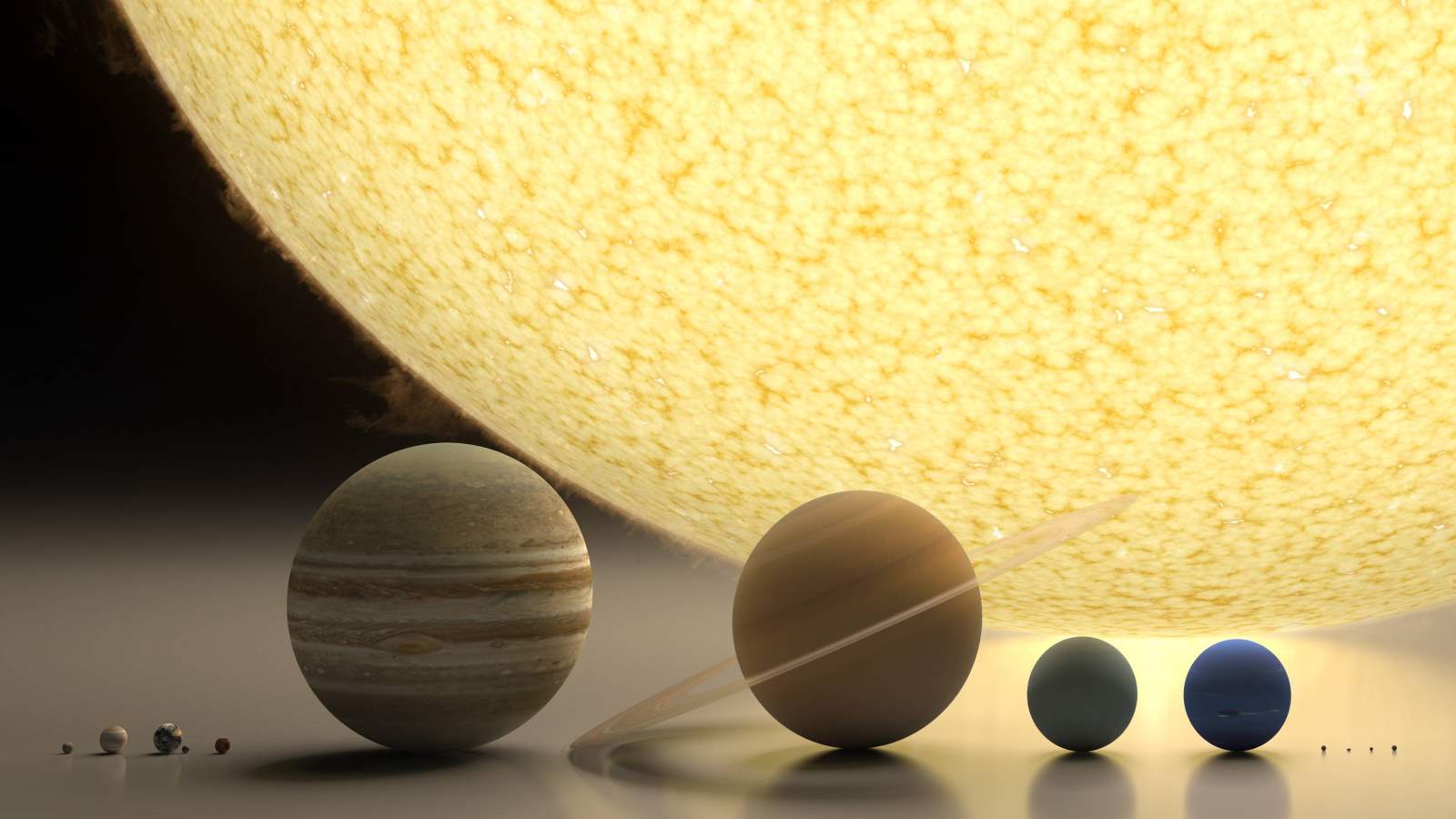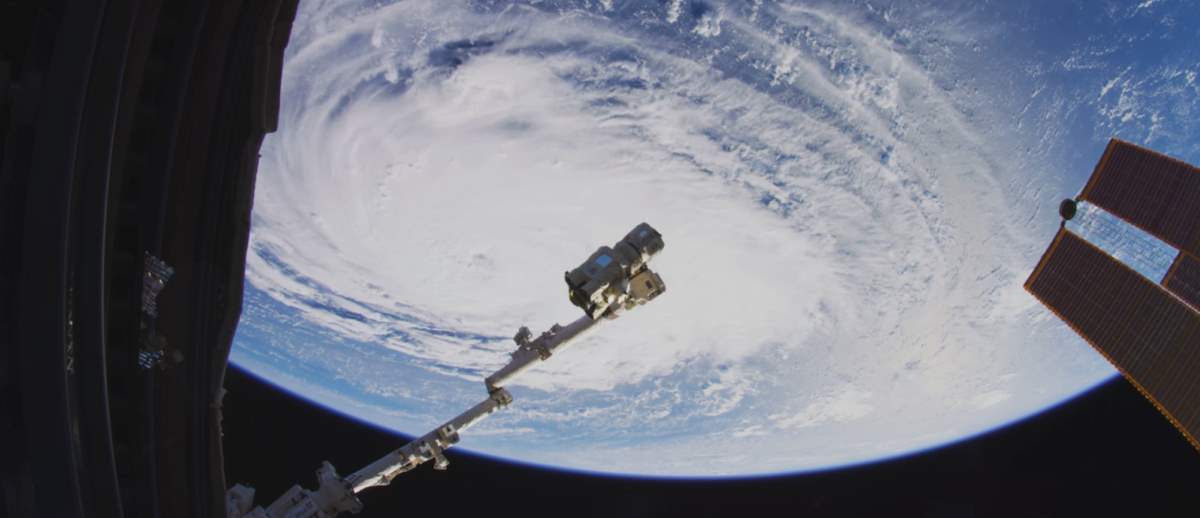Videos that contain images of the Earth taken aboard the International Space Station are usually time-lapse (see notes 1), but this amazing HD video below, titled “Orbit” shows a complete orbit around Earth from the ISS in real-time. A breathtaking 92-minute and 39-second show of the beauty and majesty of our planet from 250 miles (400 km) above.
Continue reading “A complete orbit around Earth from the ISS in Real-Time (video)”New Maps Show How We Changed the Earth’s Surface Over the last 25 Years
We, humans, changing the Earth – mostly (almost always) in a bad way. Just over the last 25 years, we have destroyed 10% of the Earth’s wilderness. Now, a new world map created by the University of Cincinnati geography professor Tomasz Stepinski shows how the Earth’s surface has dramatically changed between 1992 and 2015.
Continue reading “New Maps Show How We Changed the Earth’s Surface Over the last 25 Years”Earth, a “Bright Evening Star” as seen from Mars
On January 31, 2014, about 80 minutes after sunset on its 529th Martian day (or sol), NASA’s Curiosity Rover has turned its camera back home and took this amazing photo of Earth and Moon from a distance of around 99 million miles (160 million kilometers). In the image which has the serial number PIA17936, Earth can be seen as the brightest point of light in the night sky, a little left of the center of the photo, and our Moon appears just below Earth.
Continue reading “Earth, a “Bright Evening Star” as seen from Mars”Amazing ISS timelapse of Progress MS-10 launch (video)
This wonderful 4K ultra-HD time-lapse video below shows the launch of the Progress MS-10 spacecraft (identified by NASA as Progress 71 or 71P) as seen by the International Space Station (ISS). The resupply mission departed from Baikonur Cosmodrome on November 16, 2018, to deliver fuel and other supplies to the ISS.
Continue reading “Amazing ISS timelapse of Progress MS-10 launch (video)”Size comparison of the Sun and the planets
This size comparison of the Sun and the planets in our solar system is going around frequently, but it’s still amazing to see it. Created by the San Francisco-based artist Roberto Ziche, the image features the Sun in the background with the planets, Moon, and the four dwarf planets lined up in the foreground in the relative scale of size to one another.
Continue reading “Size comparison of the Sun and the planets”How many stars one can see with the naked eye?
The total number of stars that can be seen with the naked eye is 9,095, according to the Bright Star Catalogue, 5th Revised Edition. Also known as the Yale Catalogue of Bright Stars or Yale Bright Star Catalogue,
the catalog lists all the stars of stellar magnitude 6.5 (see notes 1) or brighter, which is roughly every star visible to the naked eye from Earth.
The catalog contains 9,110 objects, of which 9,095 are stars, 11 are novae or supernovae, and 4 are non-stellar objects. But, in fact, that’s not the number of stars one can see with the naked eye.
Continue reading “How many stars one can see with the naked eye?”10 Amazing Facts about Space
The endless depths of the sky intrigue almost all humans alike. Space is like an abstract dream coming to life when it unfolds into a number of unseen horizons. The enormous nebulas, staggering hypernovae and the smattering of countless planets and stars make it a canvas of muse.
We are but a speck of dust in a desert full of possibilities when compared to the vastness of space. There are many realities prospering in the skies above us, it is only natural that we are still unaware of the majority of phenomena taking place on and around the stars.
Just like the count of stars, there are unlimited obscure and consternating facts dwelling in the depths of space. Most of them are surprising and are reminders for us that we are just an addition to the universe. Let us take a swim into the sky with these 10 amazing facts which are bound to fascinate you.
Continue reading “10 Amazing Facts about Space”We are Destroying the Earth’s Wilderness [Humans wiped out 60% of wildlife]
We, humans, are destroying the Earth’s wilderness at an alarming pace. Scientists say we have destroyed 10% of Earth’s wildlife habitat in just 25 years. Since 1993, 3.3 million km2 of global wilderness areas, particularly in the Amazon basin (almost 30%) and central Africa (14%) were lost. This is almost twice the size of Alaska!
Continue reading “We are Destroying the Earth’s Wilderness [Humans wiped out 60% of wildlife]”The mass of Earth [Scientists used neutrinos to measure]
While scanning the interior of Earth using neutrinos, a team of scientists from Spain also used these subatomic particles to measure the mass of Earth. Their result is in agreement with the current best estimate, which was measured using the value of the gravitational constant (G).
Continue reading “The mass of Earth [Scientists used neutrinos to measure]”Nasa Publishes the first 8k Video from Space
On November 2, 2018, NASA has published the first Ultra-HD 8k video from space. The video focuses on science efforts aboard the International Space Station (ISS) and features some important investigations and facilities. It also includes a few amazing Earth views from space.
Continue reading “Nasa Publishes the first 8k Video from Space”